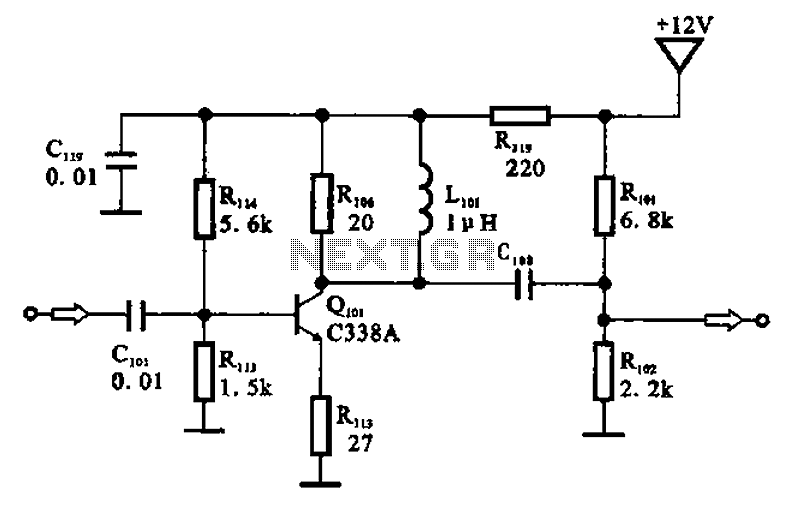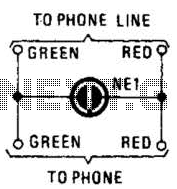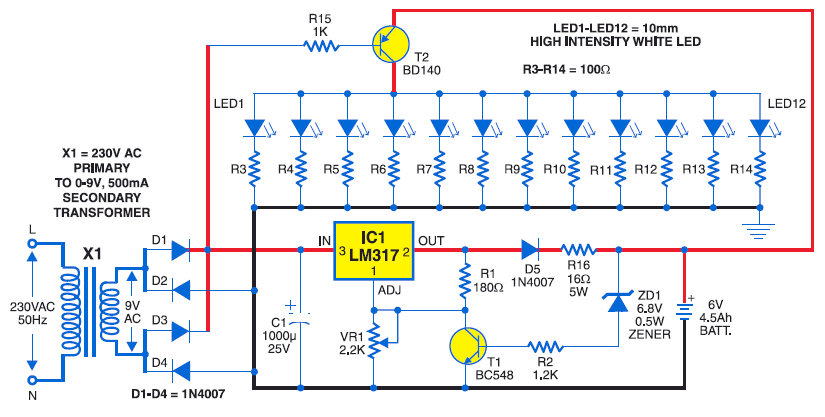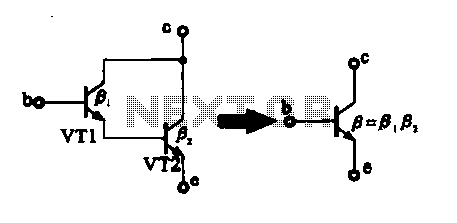
mosfet low dropout charger circuit

This circuit is designed as a low dropout charger using a MOSFET as the pass element; however, it does not incorporate current limiting. The circuit diagram illustrates a straightforward design. It utilizes Q3 and a Schottky diode to isolate the battery from the charging circuitry when the input voltage is removed, preventing the battery from discharging. Q2 should be a high current (0.2 A) FET, while Q3 can be a low current (2 A) device.
The low dropout charger circuit primarily aims to maintain battery charging efficiency while minimizing the voltage drop across the pass element, which in this case is a MOSFET. The use of a MOSFET allows for better thermal performance and efficiency compared to traditional linear regulators.
In this design, Q2 serves as the primary pass element, handling the majority of the charging current. It is essential that Q2 is rated for at least 0.2 A to ensure reliable operation under load conditions. The selection of a suitable MOSFET with low on-resistance will further enhance the efficiency of the charging process.
Q3, being a low current device rated at 2 A, functions to provide additional control over the charging process. Its role is critical in conjunction with the Schottky diode, which is used for its low forward voltage drop and fast switching characteristics. This diode prevents backflow of current from the battery to the charger when the input voltage is absent, thereby protecting the circuit and preserving battery charge.
The circuit's simplicity is one of its key advantages, making it suitable for various applications where space and cost are constraints. However, it is important to note that the absence of current limiting can pose a risk of overcurrent conditions, which could lead to potential damage to the battery or the circuit components. Therefore, in applications where current management is critical, additional circuitry may be required to implement current limiting features.
Overall, this low dropout charger circuit represents a practical solution for battery charging applications, provided that the limitations regarding current management are acknowledged and addressed as necessary.This circuit is design circuit for low drop out charger using a MOSFET as the pass element, but this circuit does not include current limiting. This is the figure of the circuit. This circuit is a simple design. This circuit uses Q3 and a Schottky diode to isolate the battery from the charging circuitry when the input voltage is removed, to preven
t the battery from discharging. Q2 should be a high current (0. 2 ©) FET, while Q3 can be a low current (2 ©) device. 🔗 External reference
The low dropout charger circuit primarily aims to maintain battery charging efficiency while minimizing the voltage drop across the pass element, which in this case is a MOSFET. The use of a MOSFET allows for better thermal performance and efficiency compared to traditional linear regulators.
In this design, Q2 serves as the primary pass element, handling the majority of the charging current. It is essential that Q2 is rated for at least 0.2 A to ensure reliable operation under load conditions. The selection of a suitable MOSFET with low on-resistance will further enhance the efficiency of the charging process.
Q3, being a low current device rated at 2 A, functions to provide additional control over the charging process. Its role is critical in conjunction with the Schottky diode, which is used for its low forward voltage drop and fast switching characteristics. This diode prevents backflow of current from the battery to the charger when the input voltage is absent, thereby protecting the circuit and preserving battery charge.
The circuit's simplicity is one of its key advantages, making it suitable for various applications where space and cost are constraints. However, it is important to note that the absence of current limiting can pose a risk of overcurrent conditions, which could lead to potential damage to the battery or the circuit components. Therefore, in applications where current management is critical, additional circuitry may be required to implement current limiting features.
Overall, this low dropout charger circuit represents a practical solution for battery charging applications, provided that the limitations regarding current management are acknowledged and addressed as necessary.This circuit is design circuit for low drop out charger using a MOSFET as the pass element, but this circuit does not include current limiting. This is the figure of the circuit. This circuit is a simple design. This circuit uses Q3 and a Schottky diode to isolate the battery from the charging circuitry when the input voltage is removed, to preven
t the battery from discharging. Q2 should be a high current (0. 2 ©) FET, while Q3 can be a low current (2 ©) device. 🔗 External reference





